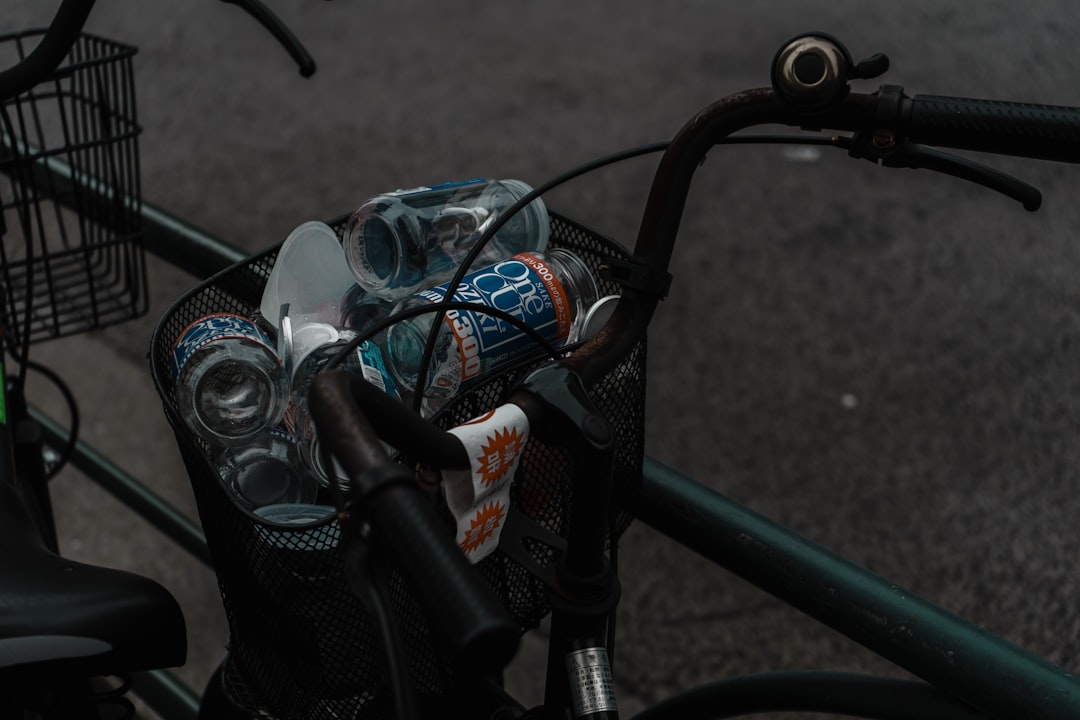Tube Strikes Cause Travel Chaos as Commuters Switch to Bikes
London is facing major transport problems. Tube strikes have caused big delays. Many people cannot use the Underground. They are looking for other ways to travel. Bicycles have become a popular choice. This change brings both challenges and opportunities. This article will explore the current situation. We will look at why strikes happen. We will see how people are adapting. We will also give practical advice for cyclists.
Why Are Tube Strikes Happening?
Tube strikes occur when workers stop working. They do this to protest. They want better pay or conditions. Recent strikes have been very disruptive. They affect millions of commuters. The Transport for London website has updates. Strikes can last for days. They cause huge problems for the city.
Main Reasons for Strikes
Workers have several complaints. They want higher wages. They worry about job cuts. They also fear changes to pensions. Unions represent the workers. They negotiate with management. When talks fail, strikes may happen.
Impact on London Transport
During strikes, many tube lines close. Buses become very crowded. Roads get jammed with traffic. Commuters face long delays. Some people cannot get to work. The economy suffers. Businesses lose money.
The Rise of Cycling in London
More people are now cycling to work. Bikes offer a good alternative. They avoid traffic jams. They are cheap to use. They also provide exercise. Cycling has grown quickly in recent years.
Cycle Hire Schemes
London has a public bike system. It is called Santander Cycles. People can hire bikes for short trips. During strikes, use of these bikes increases. According to BBC News, hires rose by 50% during recent strikes.
Benefits of Cycling
Cycling has many advantages. It improves health. It reduces pollution. It saves money on transport. It can also be faster than driving in traffic.
Practical Tips for New Cyclists
If you are new to cycling, start slowly. Follow these tips to stay safe and comfortable.
Choose the Right Bike
Pick a bike that fits you well. Consider a hybrid or city bike. These are good for roads. Make sure the seat is at the right height.
Plan Your Route
Use quiet streets or cycle paths. Avoid busy roads if possible. Apps like Citymapper can help. They suggest safe routes for cyclists.
Safety Gear
Always wear a helmet. Use lights front and back. Wear bright clothing. This helps drivers see you.
Learn Basic Maintenance
Know how to fix a flat tire. Keep your chain oiled. Check brakes regularly. A well-maintained bike is safer.
London's Cycling Infrastructure
London has been improving its cycling facilities. There are now more bike lanes. Some are separated from traffic. This makes cycling safer.
Cycle Superhighways
These are major routes for bikes. They run across the city. They are marked with blue paint. They provide direct routes for commuters.
Quietways
These are quieter streets. They have less traffic. They are good for nervous cyclists. They connect parks and residential areas.
Bike Parking
More bike racks are available now. Some stations have secure parking. There are also bike repair stations in some areas.
Statistics on Cycling Growth
Data shows cycling is increasing in London. Here are some key numbers:
- Cycling trips have doubled since 2000 (UK Government)
- Over 1 million trips are made by bike each day in London
- During strikes, cycling increases by up to 50%
- 60% of Londoners support more spending on cycling infrastructure
Step-by-Step Guide to Cycling Commuting
Follow these steps to start cycling to work:
- Try a test ride on a weekend. See how long it takes.
- Plan your route using cycling maps or apps.
- Get the right gear - helmet, lights, lock, and waterproof clothes.
- Practice basic skills like signaling and looking over your shoulder.
- Start with one or two days a week then increase.
- Find shower facilities at work or nearby.
- Join a cycling group for support and advice.
Real Examples of Commuters Switching to Bikes
Many people have successfully switched to cycling. Here are some stories:
Sarah from Hackney used to take the tube. Now she cycles to central London. Her journey takes 35 minutes. She says she feels healthier and saves money.
James from Islington started cycling during strikes. He now cycles every day. He bought a folding bike. He can take it on trains when needed.
Maria from Brixton joins a cycling group. They ride together for safety. She says it's more social than the tube.
FAQ Section
How do I find safe cycling routes in London?
Use TFL's cycle maps or apps like Cycle Streets. These show quiet routes and bike lanes.
What should I do if my bike gets a puncture?
Carry a repair kit. Learn how to fix it. Or use London's bike repair stations.
Is cycling in London dangerous?
Cycling has risks. But following safety rules reduces them. Use bike lanes and wear helmets.
How much money can I save by cycling?
You can save over £1000 per year. This is based on average transport costs.
What if I need to wear formal clothes for work?
Pack your work clothes in a bag. Cycle in sports clothes. Change at work.
Are there showers for cyclists in London?
Many offices have showers. Some gyms offer shower memberships for cyclists.
How do I secure my bike properly?
Use a strong U-lock. Lock both wheels and the frame. Use secure parking areas.
Conclusion
Tube strikes cause major disruption. But they also create opportunities. More people are discovering cycling. It is healthy, cheap, and often faster. London is improving its cycling infrastructure. This makes biking safer and easier. With proper planning and safety measures, cycling can be a great alternative. It might even become your preferred way to travel. Try cycling during the next strike. You might enjoy it more than the tube!
Remember to check TFL's website for updates. Stay safe on the roads. Happy cycling!

